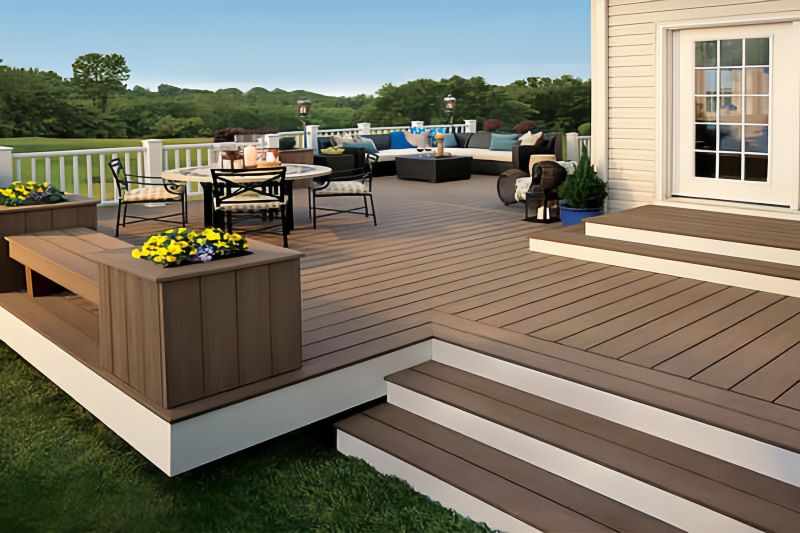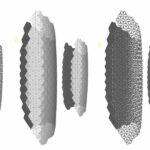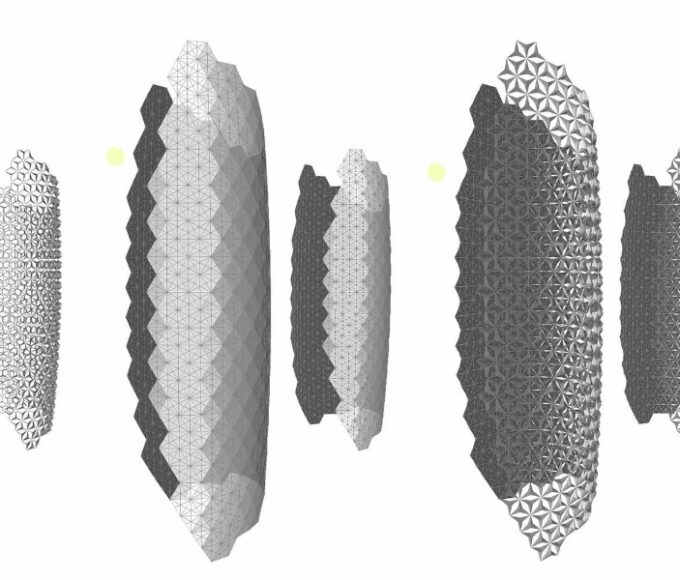Building a deck is a significant investment, not just in terms of cost but also in terms of environmental impact. With the increasing awareness of sustainability and the need to reduce our carbon footprint, choosing the greenest deck materials has become more important than ever. This article will guide you through the key factors to consider when selecting eco-friendly deck materials, helping you make an informed decision that benefits both your home and the planet.
Understanding the Environmental Impact of Deck Materials
Before diving into specific materials, it’s essential to understand what makes a deck material “green.” The environmental impact of any building material can be assessed by considering several factors:
- Resource Sustainability: Is the material sourced from renewable resources? How long does it take for the resources to regenerate?
- Energy Consumption: How much energy is required to produce, transport, and install the material?
- Longevity and Durability: How long will the material last? Does it require frequent replacement or maintenance
- Recyclability and Disposal: Can the material be recycled at the end of its life? If not, how is it disposed of, and what is the environmental impact of this process?
- Chemical Content: Does the material contain harmful chemicals that can leach into the environment over time?
By considering these factors, you can make a more informed decision when selecting deck materials that align with your environmental values.
Eco-Friendly Decking Materials
Recycled Composite Decking
Recycled composite decking is one of the most popular green choices on the market. This material is made from a blend of recycled wood fibers and plastic, reducing the need for virgin wood and diverting plastic waste from landfills.
Pros:
- Sustainability: Uses recycled materials, reducing the demand for new resources.
- Durability: Resistant to rot, warping, and insect damage, often lasting longer than traditional wood decks.
- Low Maintenance: Requires little to no maintenance, eliminating the need for chemical treatments or sealants.
Cons:
- Energy-Intensive Production: The manufacturing process can be energy-intensive.
- Aesthetic Limitations: Some people feel that composite decking lacks the natural look and feel of real wood.
Bamboo Decking
Bamboo is often hailed as a sustainable alternative to traditional wood. It is a fast-growing grass that can be harvested without killing the plant, making it a renewable resource.
Pros:
- Rapid Regeneration: Bamboo can grow up to three feet per day, making it an incredibly renewable resource.
- Strength and Durability: Bamboo is strong and resilient, with a tensile strength comparable to steel.
- Aesthetics: Bamboo offers a natural, elegant look that can complement various outdoor designs.
Cons:
- Processing and Treatment: Bamboo requires significant processing to be used as decking material, including chemical treatments to prevent rot and insect damage.
- Environmental Impact of Transport: Bamboo is often grown in Asia, so transporting it to other parts of the world can increase its carbon footprint.
Reclaimed Wood
Reclaimed wood is another excellent eco-friendly option. This material is salvaged from old buildings, barns, and other structures, giving new life to wood that would otherwise go to waste.
Pros:
- True Recycling: Reclaimed wood is a perfect example of recycling, reducing the need for new wood and the associated deforestation.
- Unique Aesthetics: Each piece of reclaimed wood has a unique character, with weathering and age giving it a distinct appearance.
- Minimal Processing: Typically, reclaimed wood requires minimal processing, reducing energy consumption.
Cons:
- Availability and Cost: Reclaimed wood can be expensive and may not always be readily available in large quantities.
- Inconsistent Quality: The quality of reclaimed wood can vary, and it may require more work to prepare for use in decking.
Thermally Modified Wood
Thermally modified wood is a relatively new product that involves treating wood with high heat to improve its durability and resistance to moisture and insects.
Pros:
- No Chemicals: The thermal modification process uses only heat and steam, making it a chemical-free option.
- Enhanced Durability: The treatment process increases the wood’s resistance to decay and insect damage, extending its lifespan.
- Natural Appearance: Thermally modified wood retains the natural look and feel of traditional wood.
Cons:
- Limited Availability: This material is still relatively new, so it may not be as widely available as other options.
- Higher Cost: The treatment process can make thermally modified wood more expensive than untreated wood.
Making the Greenest Choice
When choosing the greenest deck material, it’s important to consider not just the material itself but also your specific needs and circumstances. Here are some tips to help you make the best choice:
- Assess Your Local Climate: The climate where you live will influence the longevity and maintenance needs of your deck material. For example, in humid climates, materials resistant to moisture and rot, like thermally modified wood or composite decking, may be more suitable.
- Consider the Deck’s Purpose: How you plan to use your deck will also impact your choice of materials. For a high-traffic area, durability may be the most important factor, making composite decking a good option. If aesthetics are your priority, reclaimed wood or bamboo might be more appealing.
- Factor in Maintenance: Some materials require more maintenance than others. If you prefer a low-maintenance deck, composite decking or thermally modified wood could be the best choices. However, if you’re willing to invest time in upkeep, reclaimed wood can offer unique beauty and sustainability.
- Think About the Future: Consider the entire lifecycle of the material, from production to disposal. Choose materials that are recyclable or biodegradable to minimize your deck’s long-term environmental impact.
- Check Certifications: Look for materials that have been certified by reputable organizations, such as the Forest Stewardship Council (FSC) for wood products. Certifications can help ensure that the materials you choose meet certain environmental and sustainability standards.
Choosing the greenest deck materials requires careful consideration of various factors, including sustainability, energy consumption, durability, and recyclability. Recycled composite decking, bamboo, reclaimed wood, and thermally modified wood are all excellent options, each with its own set of pros and cons. By assessing your local climate, deck usage, and maintenance preferences, you can select the best material that not only meets your needs but also minimizes your environmental impact.
Building a deck with eco-friendly materials is a step toward creating a more sustainable home and lifestyle. With the right choices, you can enjoy your outdoor space while knowing you’ve made a positive contribution to the environment.













Leave a comment